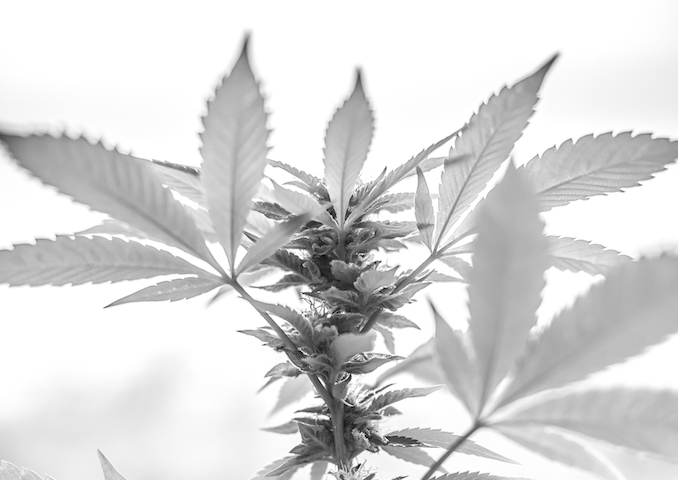Over the summer, Canada legalized the sale and use of marijuana. While legalization has become a trend in different parts of the world including various states in America, Canada’s actions were a major step in this movement as they were the first G7 member nation to do so across their nation. Those who support the legalization feels that it’s about time for legalization to happen. Marijuana has numerous medical applications and can help this with a variety of health issues. Also, the stigma behind marijuana is lessening with more seeing it as a recreational drug. Despite those who support the legalization, the majority of Canadians have reservations about the move. October 17th is the date set for legalization which means that Ontario has only four months to prepare for the change. Many feel that this window should have been at least a year to give more time to ensure policies are in place to prevent negative results from the sale of marijuana.
The economic effects of legislation are of course positive as a new industry is growing with not only places to purchase the drug but also another market for a variety of accessories. Many expect to see the creation of more entrepreneurs capitalizing on this new industry. It is expected that in 2018, over $10 billion will be spent on legalized marijuana with projections showing that by 2027, this could grow exponentially to $140 billion. Toronto plans to permit private dealers to sell the drug however they do plan to regulate online sales which have the potential to put the drug into the wrong hands as well as keeping a black market from developing. Additionally, the government will now be able to tax these sales enriching the Canadian economy. By adding a tax to marijuana, it will increase the price which can help deter young people from purchasing it. Since the sale of marijuana has been an underground illegal industry for years, making it legal and subject to regulation ultimately makes marijuana safer for users. It also eliminates the need for black markets which can often have high crime rates associated with them.
One concern of marijuana legalization is for the youth of Canada. Studies have shown that this demographic is at risk to suffer from mental health issues if the drug is used long term. In order to ensure against this, one of the key aspects of the legislation is to keep the drug out of the hands of teens. Legalization does set a minimum age of 18 making it illegal for anyone younger to possess or use marijuana. However, Toronto will be going a little further making this age 19 as established by their province’s Cannabis Act of 2017. Along with this increased age limit, marijuana cannot be used in public or in workplaces. Other safety concerns include driving under the influence of marijuana. Side effects of use can affect driver reaction time, memory and concentration. While the legislation includes guidelines to keep marijuana from youth, being over the limit has not been established. The national government has left a lot of the implementation up to the provinces and territories. Many worry that having different limits in each region could be rather confusing.
As with most controversial issues, there are a number of advantages and disadvantages to legalizing the sale and use of marijuana in Canada. While citizens are left to make up their own mind about the change, questions still abound. As October 17th dawns and sales commence, more answers will add information to this debate.

